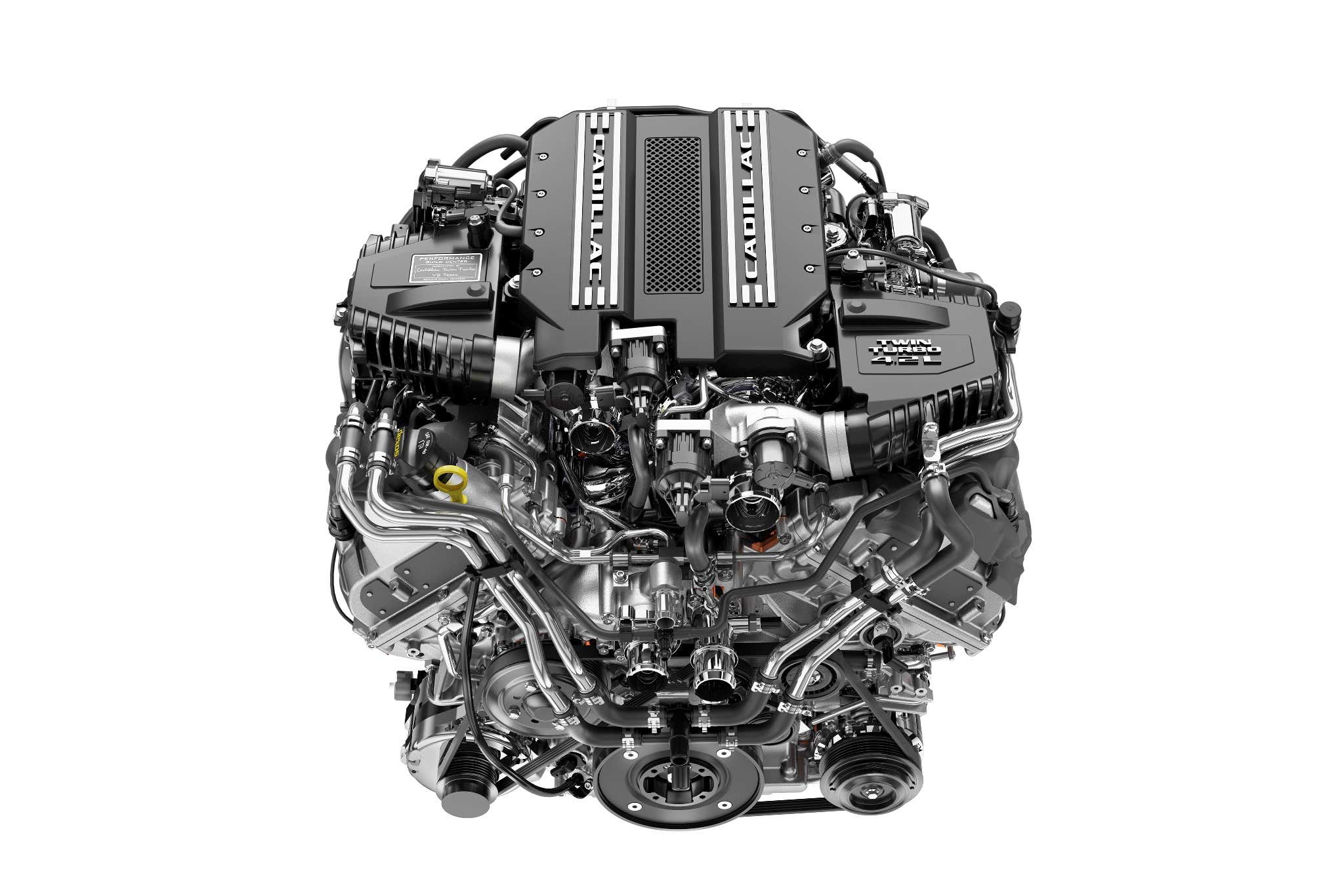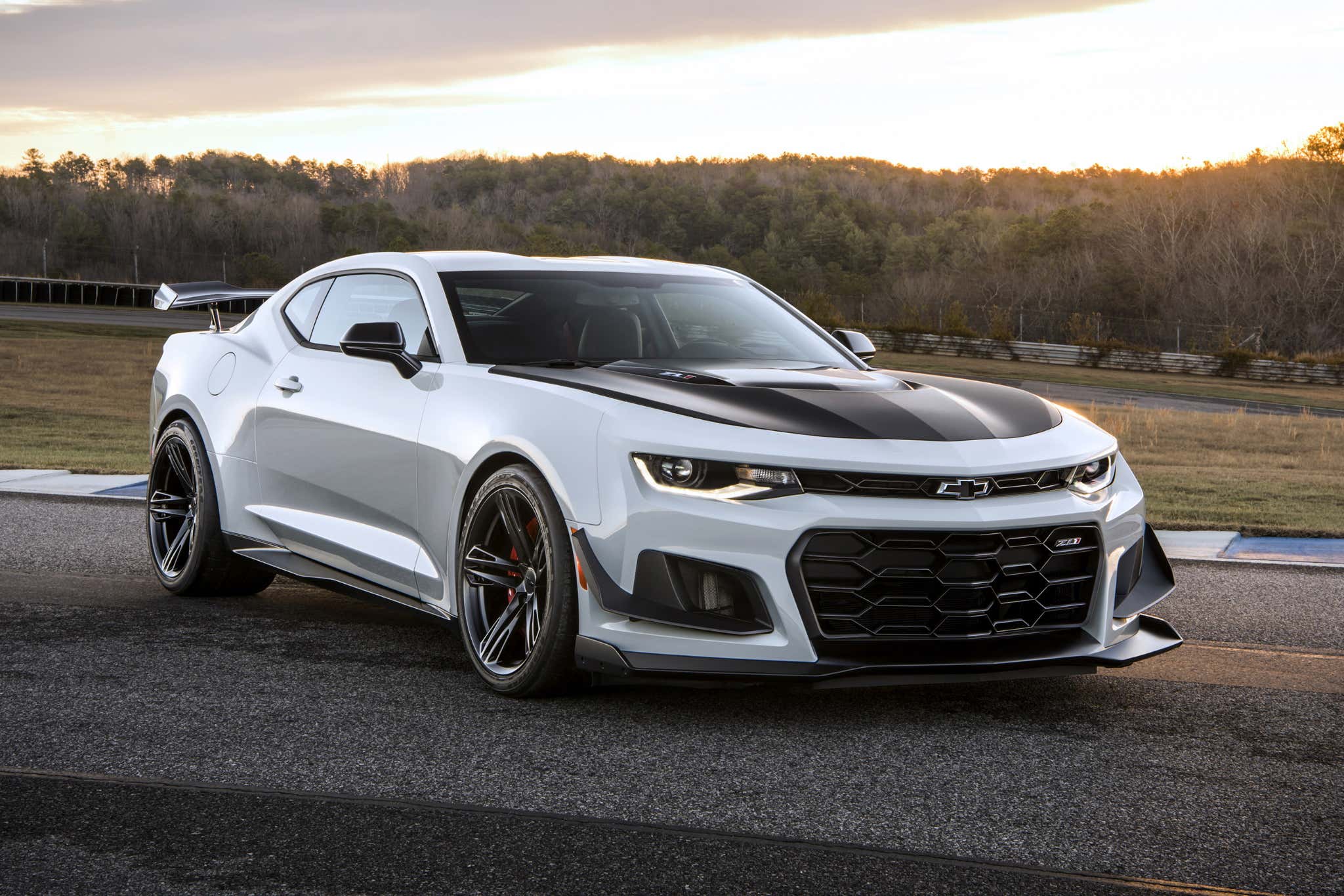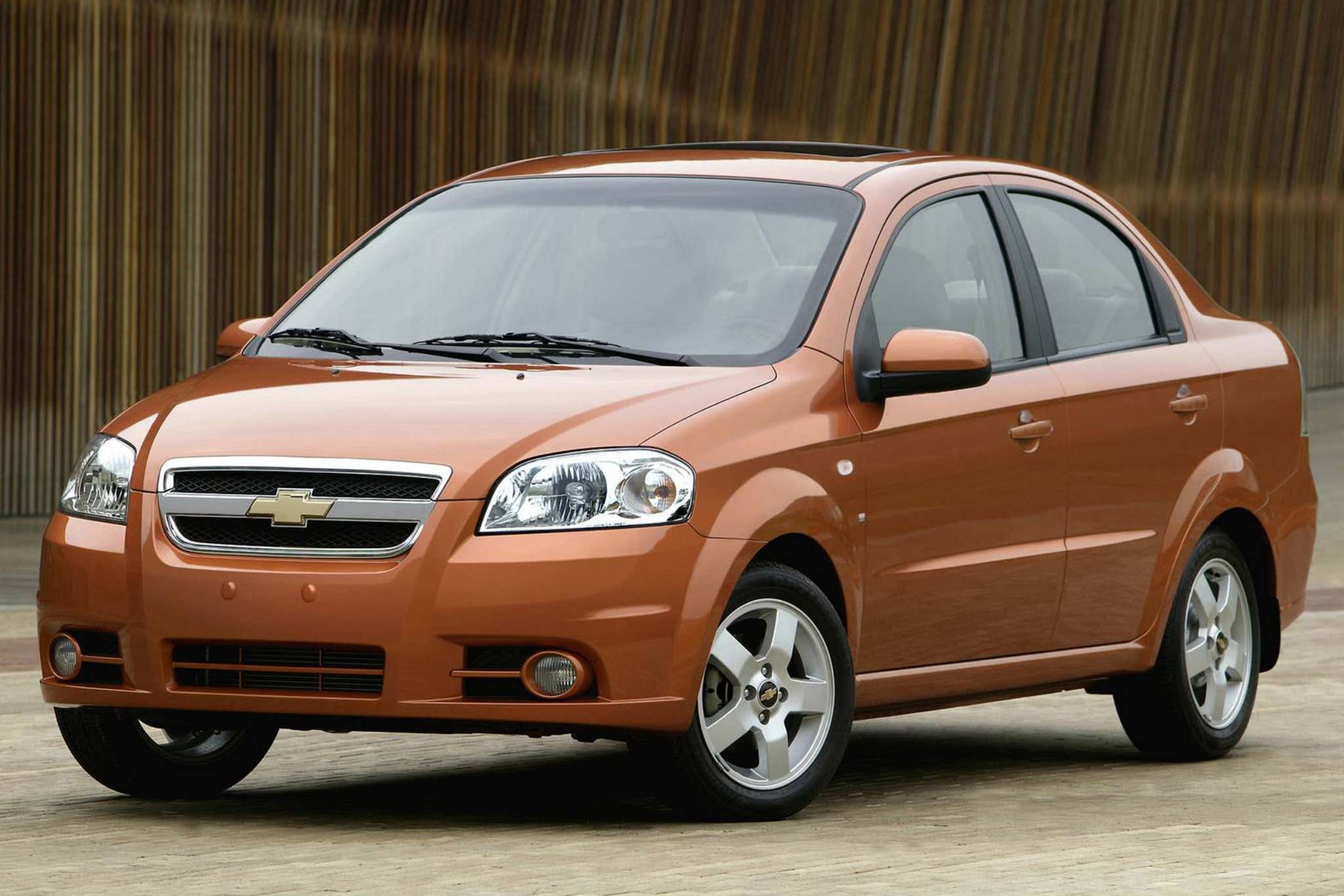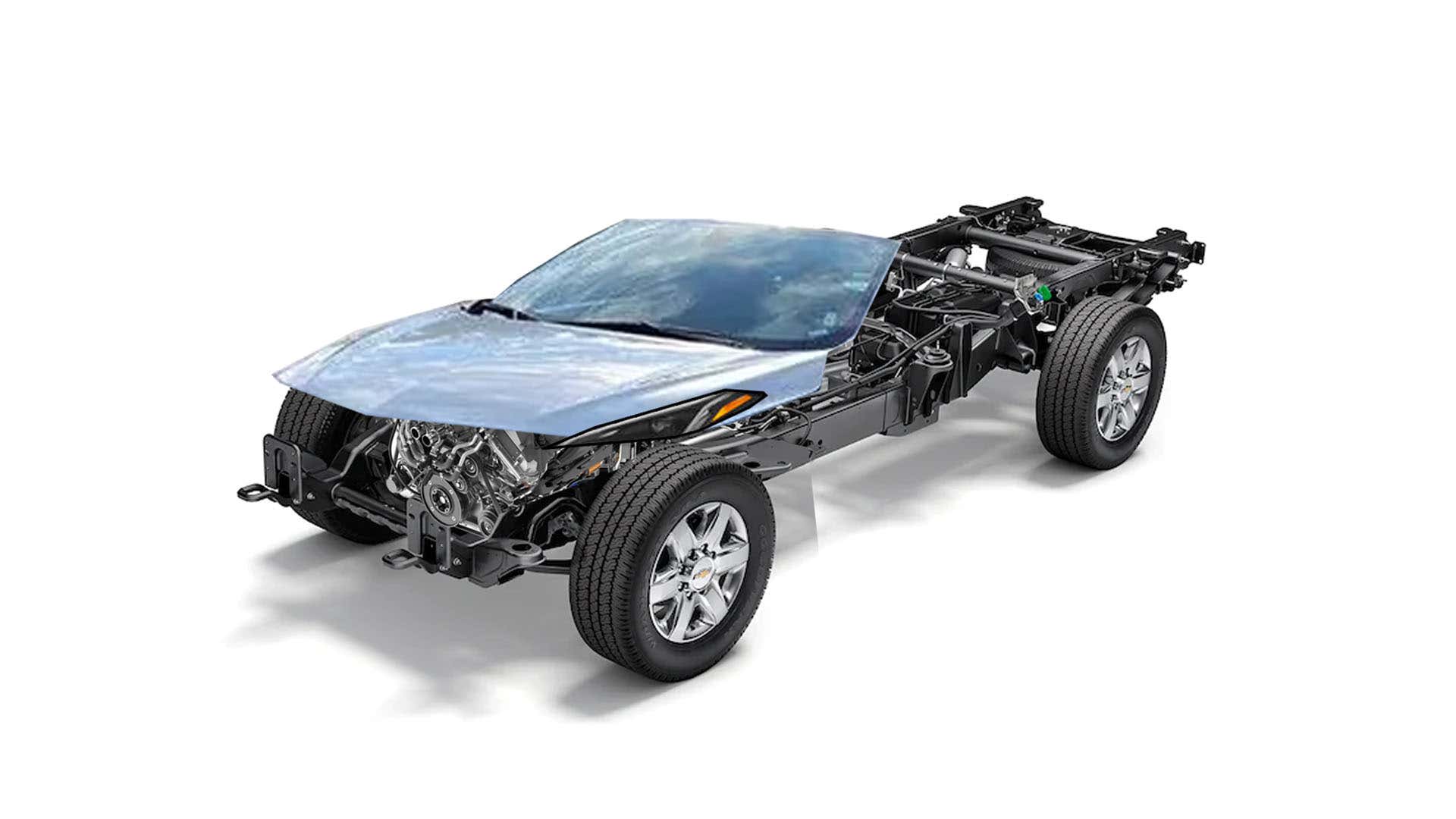We Tried to Build Our Own Car From GM’s New Online Parts Catalog
Friend, have you heard the good news? General Motors’ massive parts catalog is now online for your shopping pleasure. Some parts can be delivered straight to your door, others need to be sent to a nearby dealer, and big stuff still requires a phone call—but either way, the bulk of the company’s componentry stock going back to 1982 is now available to buy from the comfort of your home. That’s pretty impressive, and it also gave me an idea.
I like parts-binning. I like that it’s created cars like my Saturn Sky that would’ve never lived otherwise. GM is still a big proponent of the practice, and lately, there’s just so much good stuff in that big box of parts—the Buick Envision is a surprisingly great example. With most of the components the automaker produces now in an online catalog, why not build an entire car from odds and ends floating around in a warehouse somewhere? How hard could it be?
Now, this site isn’t like McMaster-Carr. There aren’t associated CAD models for each part and, obviously, there’s going to be some level of hypothetical custom fabrication here. But there’s still a lot to work with. The real limiting factor is that you can’t get a whole unibody delivered to your local dealer, as far as I can tell. That’s probably because the unibody is associated with the VIN, but even that is not enough to stop this train. Let me walk you through what I’ve got.
Target: Camaro
Now we all know the sixth-generation Camaro is flailing around in a soundproof box while we watch it die. That’s no secret. The problem is that it’s actually great, and something like it deserves another shot. So that’s what we’re building—some sort of honest, workmanlike sports car. But what to do for a chassis? We’re gonna swipe one from a full-size pickup. Regular cars were body-on-frame for a long time. We’ll have to design around it, but theoretically, it should work perfectly.
The biggest problem my tiny brain can see with this whole scenario is that pickups all have long wheelbases. Easy solution: Get the shortest one. That would be the previous-generation Silverado/Sierra 1500s, back when you could get it in a single-cab, short-bed configuration. I know, it’s coming back along as a part of the truck’s mid-cycle refresh, but the new one’s not in GM’s catalog yet. We’re working with what we’ve got.

Chevrolet
So we have GM part number 84135714 as the base of our homemade car. Unfortunately, there is no price to go along with this frame, and you’ll have to order it through a dealer. I know, you’re bereft that you can get an OEM pickup frame with one-click ordering and two-day shipping. Don’t dwell on that, though, because we still have to get the basic drivetrain sorted out. Let’s keep it going.
For engines, we have a lot of options when it comes to what to stuff somewhere inside our 119-inch wheelbase—the real Camaro’s is 110.7 inches, for reference. We’ve got more than just Chevy’s catalog to work with, too. There’s Buick, GMC, and most importantly, Cadillac. GM’s luxury brand offers several performance engines, and impressively, individual turbochargers as well. Part number 12673348, one of the turbos off the ATS-V’s 3.6-liter V6, would allow us to theoretically boost any engine we wanted to, even the 6.2-liter V8 in something like the Tahoe. But that’s not what I had in mind.
Blackwing Engine? Blackwing Engine
No, dear reader, our car will have Cadillac’s ill-fated, hand-built 4.2L turbo Blackwing V8 producing 550 horsepower and 627 lb-ft of torque. Yes, GM still has a few spare Blackwing engines lying around after sending its most impressive modern V8 to the great scrapyard in the sky, and they’re up for grabs. Part number 12662913 is gonna cost us a whopping $20,583.34 plus a $3,500 core charge, but it is worth it. There’s probably a better way to make a GM parts bin car, perhaps, but this is the right way. I can feel God in the room right now.

Cadillac
As far as transmissions go, this is a big conundrum. I was going to use the eight-speed DCT out of the Corvette, part number 24045263. It would cost us $9,561.44. I have no idea whether or not this engine and gearbox would ever really jive together, and while I was writing this, I didn’t really care. But let’s get one thing straight: I want a front-engined car, and mounting the C8 transmission backward and trying to make that work just seems like a waste of time. The suspension isn’t set up to have steering, and while yes you can buy all the parts including the subframe (part number 84755422), it sounds like an unreasonable amount of backyard engineering for it to work. Even for this hypothetical, I won’t act like it could be done with any measure of ease.
This is GM we’re talking about though, so we have other options. Instead of the eight-speed DCT, I’m going to use GM part number 24290539, the seven-speed manual transmission out of the C7 Corvette. At $4,205.28, it’s a lot cheaper, and I’m sure the amount of flak I would receive for not putting a stick in my own parts-binned special would be insufferable, so we’re doing it. The one part that will likely have to be custom here is the driveshaft, but that’s all I want for Christmas so complainers really have no ground to stand on. I’ll even invent a part number for it: it’s 24719539.
C8 in the Front, ZL1 in the Back
Now, I know what rear end I want. The problem is I’m not sure if GM will sell me all the parts I need to get a complete one. Obviously, I’m getting the differential out of a ZL1 Camaro; it has a cast-iron case, an electronic limited-slip center section, and other goodies I’m interested in like big chunky axles that aren’t going to fail on me. GM sells the carrier for $3,394.29, it’s part number 84173769, but that might be missing a few bits. Honestly, it lists a rear-end ratio and the fact that it will burn both tires, so I think we’re in the clear. I chose the lower 2.85 ratio because the Blackwing V8 has a low 6,000 rpm redline, but a 3.73 is also available; part number 84173770.

Chevrolet
I’m just gonna use ZL1 axles and rear suspension to keep it simple, which is a lot of part numbers. I’ll keep it brief and tell you both axles are here and they’re about $500 apiece, the subframe is part number 84495545 and will cost us $1,908.94, and everything else; bushings, swaybars, control arms, knuckles, shocks and springs will be around $5,000. And on the point of not getting bogged down in the details, we’re not gonna spec any wiring, fasteners—no nerdy stuff like that. We’re going to figure out the important things that are left, and not spend hours fixated on the correct bushings.
That’s also why this car isn’t a hybrid. Chevy sells parts, including entire battery packs, for the Bolt and the Volt—part numbers 24042760 and 24291151, respectively. The problem is the automaker doesn’t seem to offer entire self-contained drive units for the Bolt, and you also need stuff like power electronics, an inverter, fuses, all things I do not understand and frankly am unwilling to learn about for a fun story like this. Sure, I could price out the entire battery electronics section of the catalog, but I would just electrocute myself when it was all said and done. A performance hybrid would be cool, but I’ll leave that to the professionals. What I will do now is tell you the fuel tank is part number 84263308, and I got it out of a Traverse because it was the cheapest at $697.27.
To finish off the mechanicals I’m going to use the whole front suspension off a C8 Corvette because it’s very low profile and I want to keep this car’s nose as short as possible to make up for the pickup chassis. I’m gonna use everything except the electric power steering which I’m changing out for hydraulic because it’s better. How will I adapt a hydraulic steering pump to an engine never designed for one? Everything will be fine. The rack is part number 95918426 and the pump is 95241308. I got them off a 2008 Aveo because I thought that would be funny. Total cost $568.41.

Chevrolet
Similar to the rear suspension, I’ll tell you that everything I need for the front is on this page, and the subframe is part number 84903385. Unfortunately, it has no price attached, however, the rear cradle is $6,331.07. We’ll go with that number for the front. We do like a little bit of informed speculation here on The Drive. $5,000 for all of the other junk up there.
You might’ve noticed at this point I completely forgot the brakes. Actually, reader, you’re realizing this along with me as I write this very sentence. If we did a hybrid I would just say we’re using regen and nothing else. Simple, right? Just don’t go that fast. Seeing as we didn’t take the hybrid route, though, we should at least price out some of the braking system.
I could’ve sworn the 2019 CTS-V came with carbon-ceramic brakes, but actually, I was completely wrong. I saw some gold brake calipers—part number 84229177—while I was looking for them, though, so we’re gonna use those. They cost $1,044.54 each and they’re meant only for the driver’s side front wheel, but I’m sure it will be fine for all four wheels. Just trust me there. As far as rotors go, they’re part number 19383606 and I got them because they looked cool. $199.62 each for a total of $798.48. Four calipers come to $4,178.16.
Let’s wrap this up. It doesn’t seem like you can get entire seat assemblies from any car so we’re not going to spec the interior. I wanted the big curved OLED out of an Escalade, but I couldn’t find it in the catalog. Instead, we’ll have to settle for the dashboard from a 2020 Chevy Impala (part number 84537252) and the gauge cluster from a Chevy Sonic (part number 42539453). Obviously, any functional interior is going to need extensive wiring, and we’ve already established that I don’t understand how electricity works (does anybody?), so I’m going to leave it at that. We can bolt in some seats from anything. Actually, on second thought I’m adding a start/stop switch from a Buick Envision (13534520). I felt bad for leaving Buick out. Let’s just say the interior costs a nice round $10,000.
It Lives!
And now, friends, to make the final aesthetic decisions. We can’t get a unibody, that’s correct, but we can get a hood, a windshield, as well as headlights and taillights. I’ll make it quick, I’ll make it simple, we will be using the hood from a 2021 Malibu (23134824), headlights from a Corvette because they’re the only ones I could find (84875898), and two high-mounted stop lamps/third brake lights (52127100) from a Colorado pickup to use as taillights because it seems like Chevy’s website doesn’t stock actual taillamps for many of its vehicles. Combine this with a Malibu windshield (84184887) to make the fitment easier, and, well, we have a roughly $3,000 amalgamation of parts that I cannot possibly piece together from photos on the internet and render for you. I tried very hard, and this is as far as I got:

Peter Holderith
The total cost for all of this mastery? It’s $69,895.54 not including the frame. Let’s say the frame is 10 grand. So, $79,895.54.
Heck, I would pay that for a stick-shift Blackwing V8 with a ZL1 rear end. It’s also got Corvette parts. Five bucks and I’ll email this to GM’s engineering heads.
Got a tip or question for the author? You can reach them here: [email protected].



.jpg)

